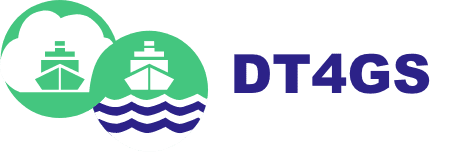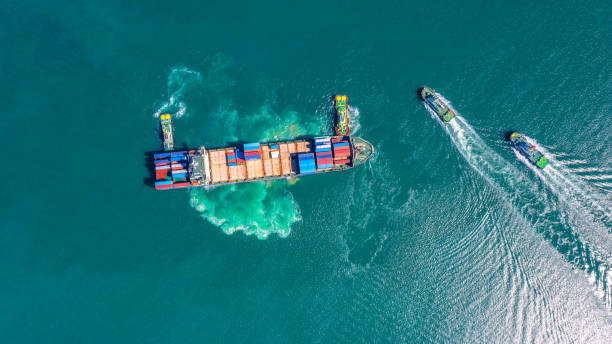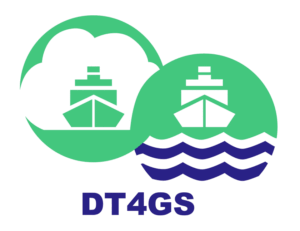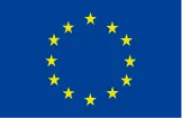DANAOS specified vessel technical details (i.e., Main Engine(M/E) Auxiliary Engine(A/E) type, Propeller type, etc.), provided shop trial reports and outlined the data acquisition system architecture of a containership-centric LL. They also provided a snapshot of the actual data (features, granularity, format) acquired from the vessel that will be utilized as a testbed in the context of the proposal in order to employ a preliminary operational digital-shadow of the ship that will eventually enable control actuation on board the vessel (Headquarters (HQ) – EDGE communication). With the participation of the other LL partners the global use case of Voyage Optimization was defined, corresponding to Phase1 of operational optimization, enabling the transfer of DTs across LLs. As a specific use case DANAOS proposed Event Recognition for predictive maintenance and safety (identification of hull degradation/biofouling, underwater inspections, hull cleanings, prevention of parametric roll for cargo loss). Furthermore, DANAOS demonstrated the existing data analytics toolkit (WAVES) as well as a prototype application for emission monitoring, event recognition, causal analysis and visualization that will facilitate the employment of the initial digital shadow of the LL. Finally, an office server was provided, that will synchronize with the newest operational data acquired from the vessel, incorporating a No-SQL database scheme for faster indexing.
DANAOS proceeded with Phase1 of the LLs and more specifically with the identification of appropriate mitigation measures and relevant KPIs related to decarbonization, towards a carbon-neutral operational blueprint. The strategy for developing an efficient DT suite, included various existing in-house tools, services as well as simulation models (FOC estimators, hull degradation models, routing optimization, etc.).
The envisaged ecosystem of the digital twining suite as defined by DANAOS and the consortium in alignment with the GA and comprises by a data acquisition layer, a Visualization layer, a Knowledge Hub, a Decision Support System and edge computing.
With the participation of the other LL partners the global use case of Voyage Optimization was defined. More specifically DANAOS focus on the global use case of Navigational Management will revolve around the following pillars: Weather routing, Speed/Trim optimization, JIT arrivals, Bunkering Optimization and Cargo Handling. Navigational management-optimization corresponds to Phase1 of operational optimization, enabling the transfer of Digital Twins (DTs) across the LLs. DANAOS optimization models aim to act as the cornerstone to transcend beyond SOTA Voyage Planning solutions, offering a versatile user-adaptive platform towards a zero-emission operational blueprint. Specifically, DANAOS provided Fuel Oil Consumption estimation models, based on theoretical approached, a shortest path calculator, and a weather routing optimization module.
Furthermore, DANAOS demonstrated the existing data analytics toolkit (WAVES) as well as a prototype application for emission monitoring, event recognition, statistical/causal analysis and visualization (ARTeMIS) that will expedite the employment of the initial digital replica of the en-route vessel.
Finally, an office server was provided, that will synchronize with the newest operational data acquired from the vessel, incorporating a No-SQL database scheme for faster indexing. The provision of a centralized office server hosting operational data from the LLs is the first step towards the employment of an operational optimization cross-reference DT.





